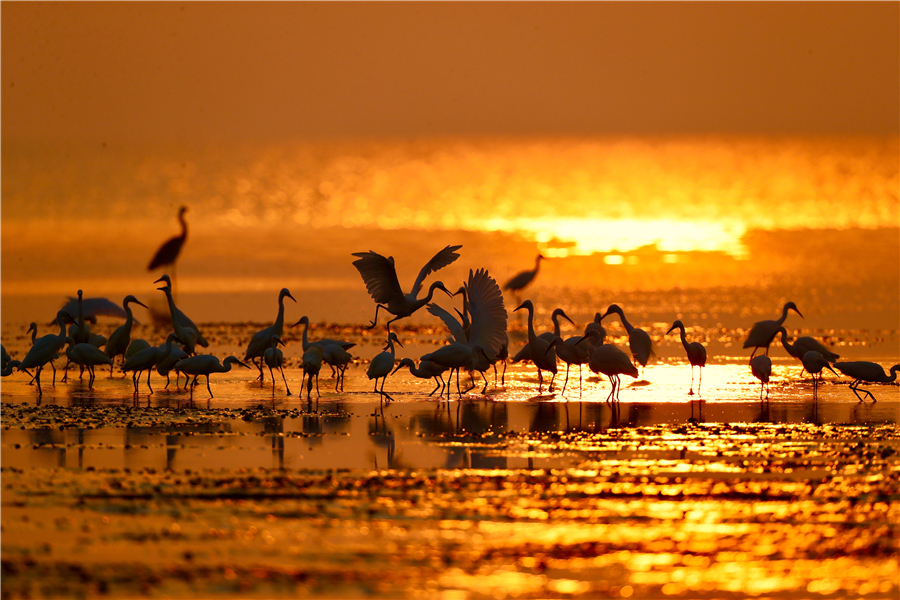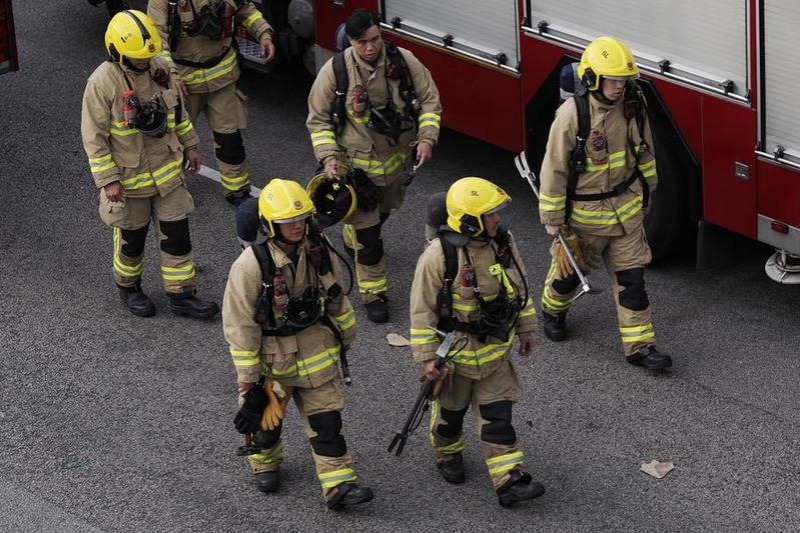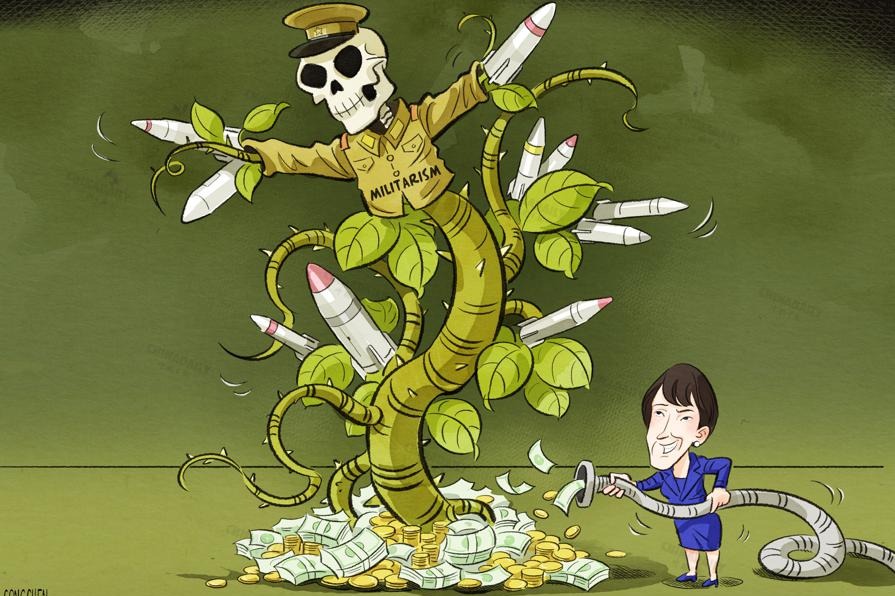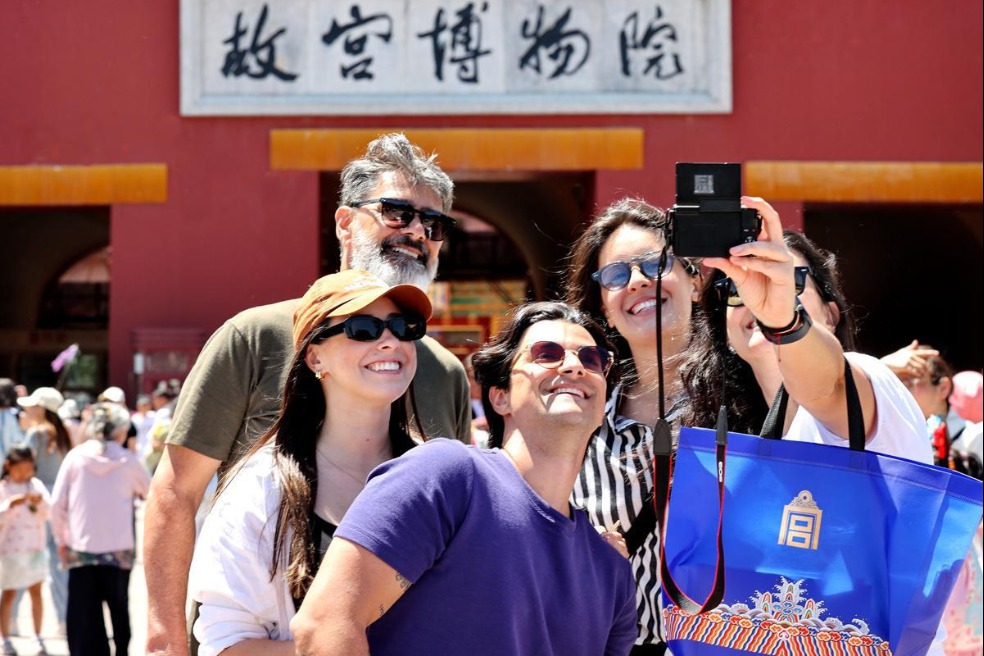Mudflats decision safeguards migratory birds


Great sacrifices
Yuan Yongjun, deputy director of the city's development and reform commission, said, "To realize Yancheng's commitment to the international community while bidding for the World Heritage Site, the city government has had to make great sacrifices."
He said that in 2010, the city's major strategy was marine economic development. The Tiaozini mudflats in Dongtai, a county-level city in Yancheng, were planned for such development.
"There was to be land for ecological use, for agriculture, for industry and even for a port," he said. "It would come from reclamation of the mudflats."
Wu Qijiang, director of the city's World Heritage Site bidding office, said that under the plan, the main target was the mudflats at Tiaozini, 10 percent of which had been reclaimed in 2012 and 2013, partly for agriculture and aquaculture.
In launching the World Heritage Site application in 2016, Wu said the government had not considered including any part of the Tiaozini area.
Yancheng has two nature reserves-the Dafeng Milu Deer National Nature Reserve and the Yancheng Rare Birds National Nature Reserve. "The two were initially the major areas nominated for the site," Wu said.
Wen Cheng, a member of the National Forestry and Grassland Administration's World Heritage Expert Committee, said two experts from the International Union for Conservation of Nature made a field trip to Yancheng in October 2018 and suggested expanding the nominated area for the World Heritage Site to include Tiaozini.
The IUCN is an international organization working in the field of nature conservation and the sustainable use of natural resources.
Since 2017, Wen, who took part in the entire nomination process for the World Heritage Site, has made dozens of field trips to Yancheng.
























